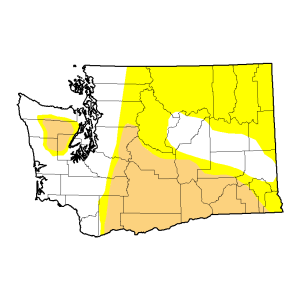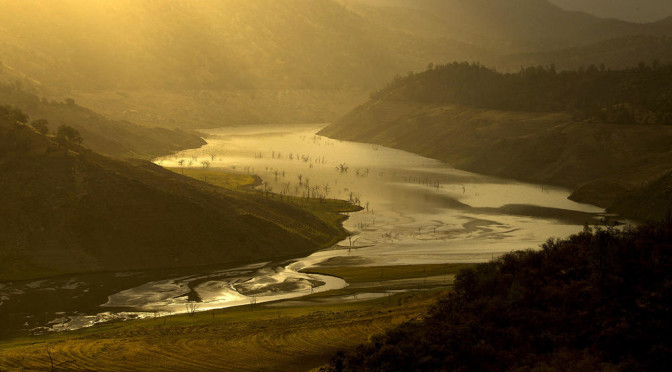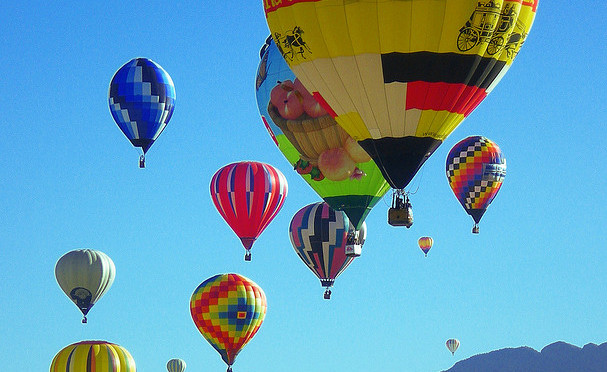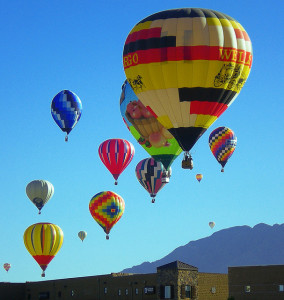 While rainfall amounts in Washington State are at 100%, it is the snowpack that has Governor Inslee expanding drought declarations.
While rainfall amounts in Washington State are at 100%, it is the snowpack that has Governor Inslee expanding drought declarations.
Urban water supplies expect to be unaffected; the reservoirs are about where we want them to be. “The snow pack above Coulee Dam is running above normal”, according to Michael Hansen, Bonneville Power Administration. Hansen goes on to say, “We’re not anticipating that we’re going to have any problem meeting our obligations”.
 Snow pack in the Cascades is 7-50% of normal and the Olympics at only 7% at the end of March. The US Drought Monitor shows that the affected areas of “abnormally dry” is the North Eastern part of the state with the South Eastern being “moderately dry” while the Olympics are at “moderately dry”.
Snow pack in the Cascades is 7-50% of normal and the Olympics at only 7% at the end of March. The US Drought Monitor shows that the affected areas of “abnormally dry” is the North Eastern part of the state with the South Eastern being “moderately dry” while the Olympics are at “moderately dry”.
The reduced snow pack and its limited runoff, will have a negative effect on in stream flow rates in most of our rivers this summer. Joe Stohr, Department of Fish and Wildlife, commented that “Drought could also reduce streamflows that make it harder for fish to migrate.” It is expected that rural areas will see more of the effects than urban areas such as Seattle, Tacoma, etc. But, this could change, as we get further into the normally drier months.
Most of us aren’t even aware that the last statewide drought declaration was in 2005, because of large reservoirs and reserves. We’re fortunate for our climate and our mountains to make drought conditions short lived. With a little conservation and emergency procedures for irrigation of our farmlands, little effects on our lives will be experienced. Reduction of demand on wells will help our in stream flow rates, and temporary closures or limits on fishing will help our salmon. Conservation now rather than waiting to see what happens is good policy. While it is unlikely we will ever see drought like California is experiencing, we should practice measures to ensure our natural habitat and protect it for future generations in Washington State. Simple conservation techniques will support a healthy environment and balance of our eco system.



 The Albuquerque Water Authority and the New Mexico Water Collaborative have partnered to launch a pilot project intended to help residents make better use of rain, rather than allow it to drain away, giving them the opportunity to repurpose collected rainwater for landscaping.
The Albuquerque Water Authority and the New Mexico Water Collaborative have partnered to launch a pilot project intended to help residents make better use of rain, rather than allow it to drain away, giving them the opportunity to repurpose collected rainwater for landscaping.